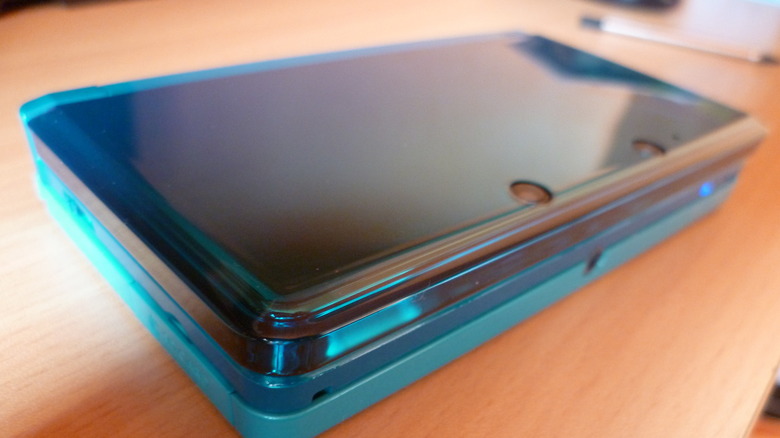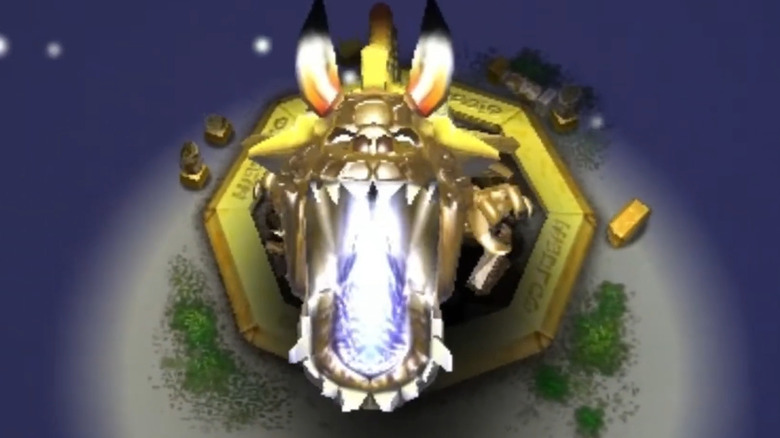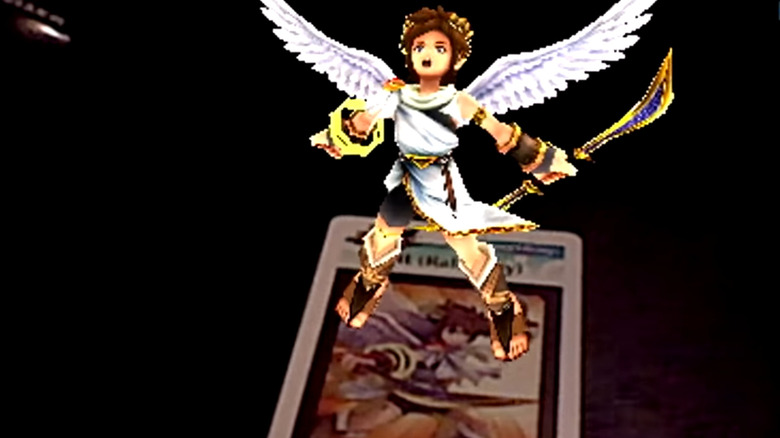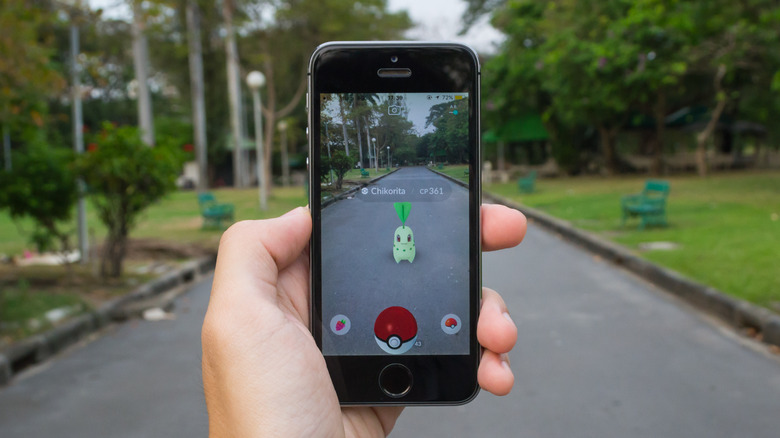AR Mario: Remembering Nintendo's Odd 3DS Feature
As Nintendo's final standalone handheld, its 3DS was packed full of gimmicks to entice the curious mind. There were plenty of 3DS games, of course, but even if you didn't have many games, the console itself featured a number of built-in software and functions. The obvious mentions include the 3DS' glasses-free 3D screen, gyroscopic sensor, and proprietary 3D camera. There was, however, another feature that wasn't used as extensively, but was just as impressive, if not more so.
The 3DS was the first Nintendo console to employ augmented reality tech, or AR for short . Through the use of special cards working in tandem with the 3D camera, you could bring elements of your games into the real world for a truly unique experience. AR experiences have become more common in mobile games thanks to smartphones, but few mobile games could create the kind of detailed AR imagery that the 3DS was capable of.
[Featured image by Antoine Turmel, CC BY 2.0, via Wikimedia Commons, cropped and scaled]
AR cards and built-in software
Every Nintendo 3DS unit came packaged with six AR cards. These seemingly innocuous pieces of cardboard featured special designs and codes on them that, when scanned by the 3DS' rear cameras, activated special functions. Five of these AR cards featured Nintendo characters like Mario, Kirby, and Samus, and when they were scanned with the camera, a 3D figure of the character would appear on the surface the card was sitting on. By scanning multiple cards at once, you could create nifty little scenes and dioramas.
The coolest card, however, featured a question mark block, much like one you'd see in a Mario game. When scanned on its own, it produced a cute little mascot character, but when used in tandem with the console's built-in AR Games app, it would unlock an array of special games that would use the image on the camera as a base. You could turn your desk into a fishing pond, an archery range, a golf course, and more.
Game-unique AR cards
Naturally, there were 3DS games that took advantage of the AR technology. In fact, some of these games came bundled with their own AR cards for different in-game features and functions. Some of these functions were on the simpler side, allowing you to set up cute dioramas, while others had their functions built into their gameplay.
In "Nintendogs + Cats," for instance, you could scan a card to make your puppy or kitten appear on a flat surface, where they'd walk around and generally act cute. "Kingdom Hearts 3D: Dream Drop Distance" had a similar function, allowing you to summon and play with your Dream Eater companions, though the cards could also be used to unlock special Dream Eaters you couldn't get in-game. "Kid Icarus: Uprising" featured a whopping 400 different AR cards, available through various promotions and magazines, depicting the game's various weapons and characters. If you put two character cards next to each other, like Pit and Dark Pit, they would appear and start battling one another.
Perhaps the most ambitious use of the AR tech arrived in "Spirit Camera: The Cursed Memoir," a spin-off of the classic "Fatal Frame" series of horror games. This game came with an entire AR booklet, the pages of which summoned terrifying spirits for you to do battle against with your 3D camera.
Nintendo's AR legacy
As impressive as the Nintendo 3DS' AR system was, only around 12 games actually made use of it in any noteworthy capacity, so it mostly fell by the wayside in favor of the console's more overt features like online play and gyro controls. With the official retirement of the 3DS and Nintendo's turn to focus on the Switch, the concept has been effectively shelved. The Switch doesn't have a camera, after all.
However, Nintendo games still have some congruity with AR, thanks primarily to the company's mobile pursuits. One major example is "Pokémon Go," which allows users to project images of Pokémon they're attempting to catch over their camera views, making it seem as though they're pursuing Pokémon in real life. The concept has also been employed in "Pikmin Bloom," wherein you can interact with the Pikmin you've recruited, check on the flowers you've planted, and take pictures with either.
We don't know if Nintendo will ever employ AR tech to the same extent they did with the 3DS again, but with its continuous forays into unique mobile experiences, who knows?



